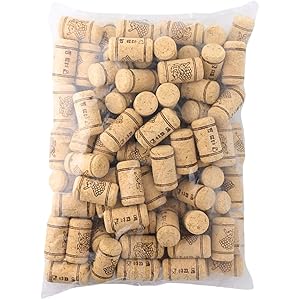Understanding Yeast and Fungi
Yeast is a type of fungus, but not all fungi are yeast. The term “fungi” encompasses a vast kingdom of organisms, which includes molds, mushrooms, and yeasts. Yeasts are unicellular organisms that belong to the kingdom Fungi, specifically classified under the phylum Ascomycota or Basidiomycota. This classification highlights the relationship between yeast and other fungal organisms, emphasizing that while yeast is a fungus, it represents only a specific group within this diverse kingdom.
Characteristics of Yeast
Yeasts are primarily known for their ability to ferment sugars, producing alcohol and carbon dioxide as byproducts. This characteristic is crucial in various industries, particularly in baking and brewing. The most common yeast used in these processes is Saccharomyces cerevisiae, which is renowned for its efficiency in fermentation. Unlike many other fungi, yeasts reproduce asexually through a process called budding, where a new cell forms from the parent cell, allowing for rapid population growth under favorable conditions.
Diversity Within the Fungal Kingdom
The fungal kingdom is incredibly diverse, with over 100,000 identified species and potentially millions more yet to be classified. This diversity includes a wide range of organisms, from the microscopic yeasts to the large and complex structures of mushrooms. Each group within the fungal kingdom has unique characteristics and ecological roles, making it essential to understand the distinctions between them. Yeasts, while being a part of this kingdom, exhibit specific traits that set them apart from other fungi.
Yeast vs. Other Fungi
When comparing yeast to other fungi, one of the most notable differences is their cellular structure. Yeasts are unicellular, whereas many fungi, such as molds and mushrooms, are multicellular and form complex structures. Additionally, the metabolic processes of yeasts are specialized for fermentation, while other fungi may decompose organic matter or form symbiotic relationships with plants. This functional diversity illustrates the varied roles fungi play in ecosystems, with yeasts focusing primarily on fermentation and reproduction.
Applications of Yeast in Industry
The unique properties of yeast make it invaluable in various industries. In baking, yeast is responsible for the leavening of bread, creating a light and airy texture. In brewing, yeast is essential for the production of alcoholic beverages, converting sugars into alcohol and carbon dioxide. Beyond food production, yeast is also used in biotechnology for the production of biofuels, pharmaceuticals, and even in the development of vaccines. This versatility highlights the importance of understanding the relationship between yeast and fungi.
Get more content like this!
Sign up to receive updates and new terms first hand.
Health Benefits of Yeast
Yeast, particularly nutritional yeast, is recognized for its health benefits. It is a rich source of B vitamins, protein, and essential amino acids, making it a popular supplement among vegetarians and vegans. Additionally, certain strains of yeast, such as Saccharomyces boulardii, are used as probiotics to promote gut health. Understanding the nutritional value of yeast can help individuals make informed dietary choices, emphasizing its role as more than just a fermentation agent.
Yeast in Scientific Research
Yeast serves as a model organism in scientific research due to its simple eukaryotic structure and rapid growth rate. Researchers utilize yeast to study fundamental biological processes, including genetics, cell division, and metabolism. The insights gained from yeast research have profound implications for understanding human biology and disease, showcasing the significance of this organism beyond its industrial applications. This research further cements the connection between yeast and the broader fungal kingdom.
Environmental Impact of Yeast
The environmental impact of yeast cultivation is generally minimal compared to other agricultural practices. Yeast can be grown on various substrates, including waste products from other industries, promoting sustainability. Additionally, the fermentation process can help reduce food waste by converting surplus sugars into valuable products. Understanding the ecological role of yeast within the fungal kingdom can lead to more sustainable practices in food production and waste management.
Conclusion on Yeast and Fungi
In summary, while yeast is indeed a type of fungus, it possesses unique characteristics that distinguish it from other members of the fungal kingdom. Its applications in various industries, health benefits, and role in scientific research highlight the importance of understanding the relationship between yeast and fungi. As we continue to explore the complexities of the fungal kingdom, the significance of yeast will undoubtedly remain a focal point in both scientific and industrial contexts.




